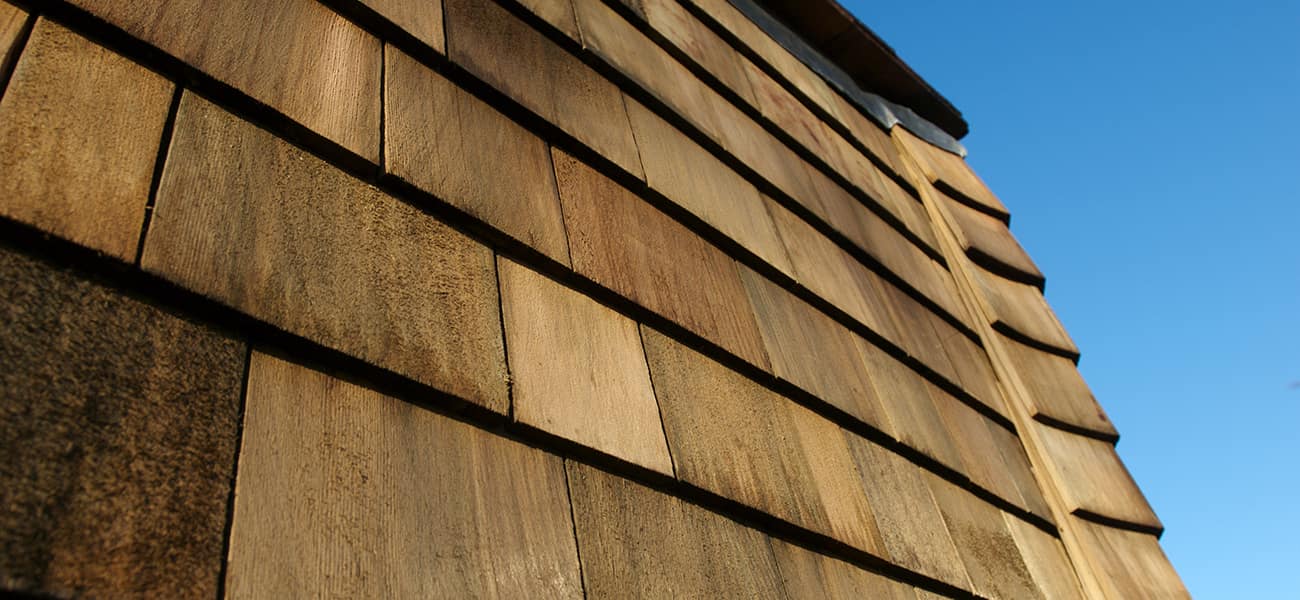Why use timber for sustainable construction?

Timber is without doubt one of the most environmentally friendly building materials available. It is extraordinarily versatile, naturally renewable, beautiful, light and strong to build with – warm and welcoming to live with.
Whether it is a landmark building, government office, housing, school or hospital, architects look to timber to express a contemporary beauty. Timber is a high performance material, light in weight, yet with excellent load bearing and thermal properties.
PEFC: Marley has full chain of custody. This ensures that our timber is purchased from both legal and sustainable sources. The scheme traces the timber from forest to end use. Marley is fully committed to meeting its chain of custody requirements and as such will implement and maintain a management system which conforms to the PEFC's standards. PEFC (Programme for the endorsement of Forest Certification schemes) is an internationally recognised organisation; it also acts as an umbrella organisation, incorporating national schemes such as CSA (Canadian Standards Authority) and SFI (Sustainable Forestry Initiative).
Carbon cycle: Carbon, and especially CO2 emissions, are recognised as a key factor in climate change. in the UK 40% of all carbon emissions come from buildings, split evenly between domestic and commercial. There is a drive to 2016 for the Zero Carbon house. Timber can contribute significantly with the carbon sink effect of the forests, the carbon storage of the timber and as substitution for carbon intensive materials.
- Every 1m3 of timber absorbs 1 tonne of CO2
- Timber energy is CO2 neutral (only the CO2 absorbed is returned back to the atmosphere)
- There is little waste in manufacturing, as the by-products can be used for energy generation in bio-mass power plants, which can be used to generate power for the site or the grid.
Life cycle: life cycle assessment measures the environmental impacts of a building component right the way through its life. it takes into account where the material comes from and how it is used, all the way through to disposal or recycling.
There are 3 phases:-
- Production phase or embodied energy: timber has the lowest embodied energy of any commonly used building material.
How wood products slow global warming NET emissions of CO2 including carbon sink effect
- in use phase: timber buildings can be most cost effective in constructing energy efficient buildings.
A 2001 Swedish study showed the difference to be equivalent to 27 years heating, or driving a Volvo s80 130,000km
- End of life: if the timber cannot be recycled it can be used as a substitute for fossil fuels, providing renewable energy. CO2 can be saved using timber over the whole life cycle. Substituting 1m3 of timber for other construction materials can result in savings of up to 1 tonne of CO2 This combined with the carbon storage, means that 1m3 of timber stores and substitutes 2 tonnes of CO2
Net CO2 life cycle emissions of construction materials
- Fire: Timber can burn but unlike other materials it behaves predictably, the timber forms a charred surface that acts as protection to the inner surface. Modern fire retardant treatments are also available that reduce the risk further still
Category: FAQs Sustainability Timber